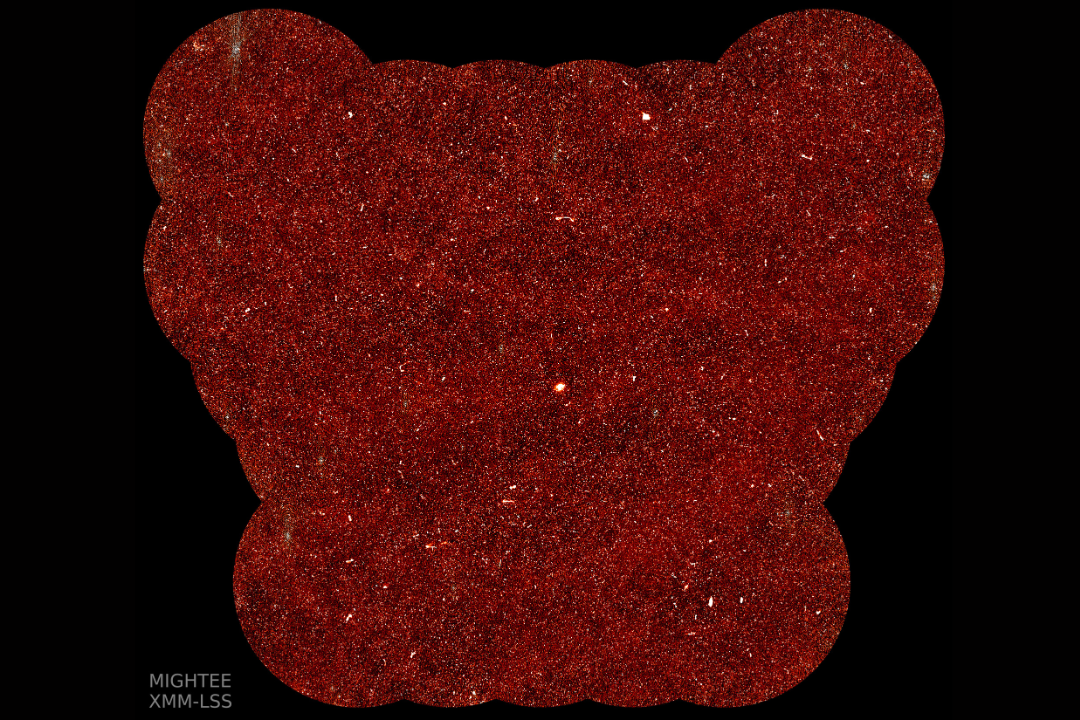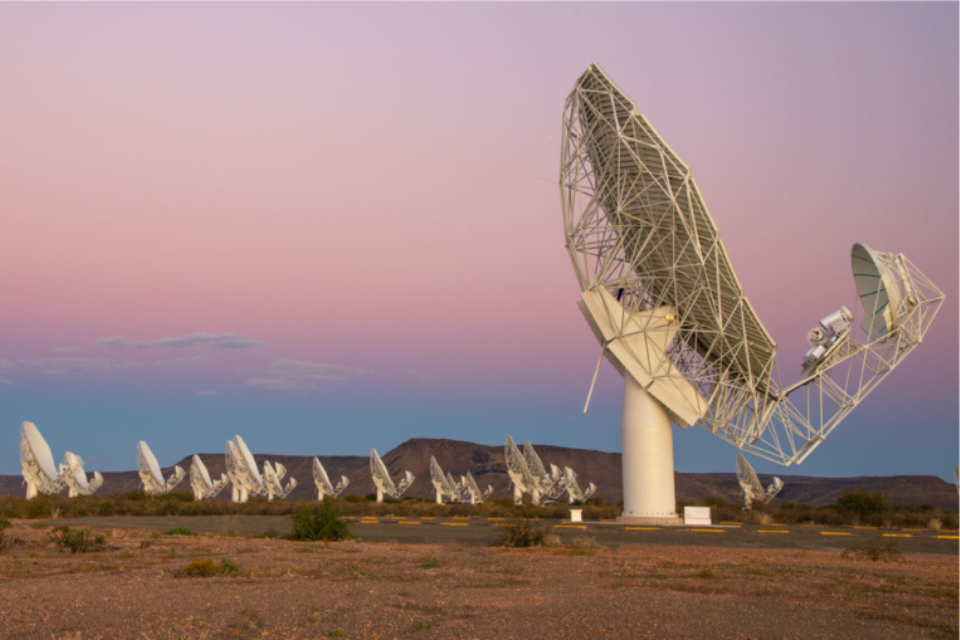Physicists from the University of Oxford have found the first compelling observational evidence for the effect of the Cosmic Microwave Background on radio emission from distant galaxies. Their findings have been published in the Monthly Notices of the Royal Astronomical Society.
When massive stars reach the end of their lives, they explode as supernovae, leaving behind a shock wave which propagates outwards from the site of the explosion known as a supernova remnants. These shock waves accelerate electrons to nearly the speed of light, and in turn these electrons produce radio waves as they spiral in the galaxy's magnetic field. These radio waves can then be detected by telescopes here on earth, tens of billions of light years away from the galaxies in which they were produced.
Theoretical models predict that the electrons which cause these radio waves should interact with the photons from the Cosmic Microwave Background - relic radiation which has been travelling through space from just after the Universe began in the Big Bang. The theory predicts that electrons from the supernova remnants bounce off the photons from the Cosmic Microwave Background, losing energy in the process. This effect is known as 'inverse-Compton scattering', and should cause the electrons to lose energy, which in turn should reduce the amount of radio emission coming from the galaxy.
Although this effect has been predicted theoretically for many years, up until now scientists haven't been able to make sensitive enough radio images to detect it. In this recent work, the research group from the University of Oxford used observations using the MeerKAT radio telescope in South Africa, as part of the MIGHTEE radio survey of over 200,000 galaxies originally detected in optical and near-infrared surveys to observe this effect.

With these data, they observed a decrease in the radio emission which matches prediction from the supernovae electrons interacting with the Cosmic Microwave Background photons. With more observations, particularly at other radio wavelengths, the group will be able to pin down this effect and refine the theoretical models. This will provide new insights into the properties of galaxies, such as their internal magnetic fields, and help astronomers use radio data to measure the star-formation in galaxies more accurately.
This work was completed in Oxford, in collaboration with researchers around the world, by Dr Imogen Whittam, Professor Matt Jarvis, Dr Rohan Varadaraj, Dr Catherine Hale, Dr Ian Heywood and Dr Aprajita Verma.
Evidence for inverse Compton scattering in high-redshift Lyman-break galaxies, I H Whittam et al, Monthly Notices of the Royal Astronomical Society, 9 September 2025

